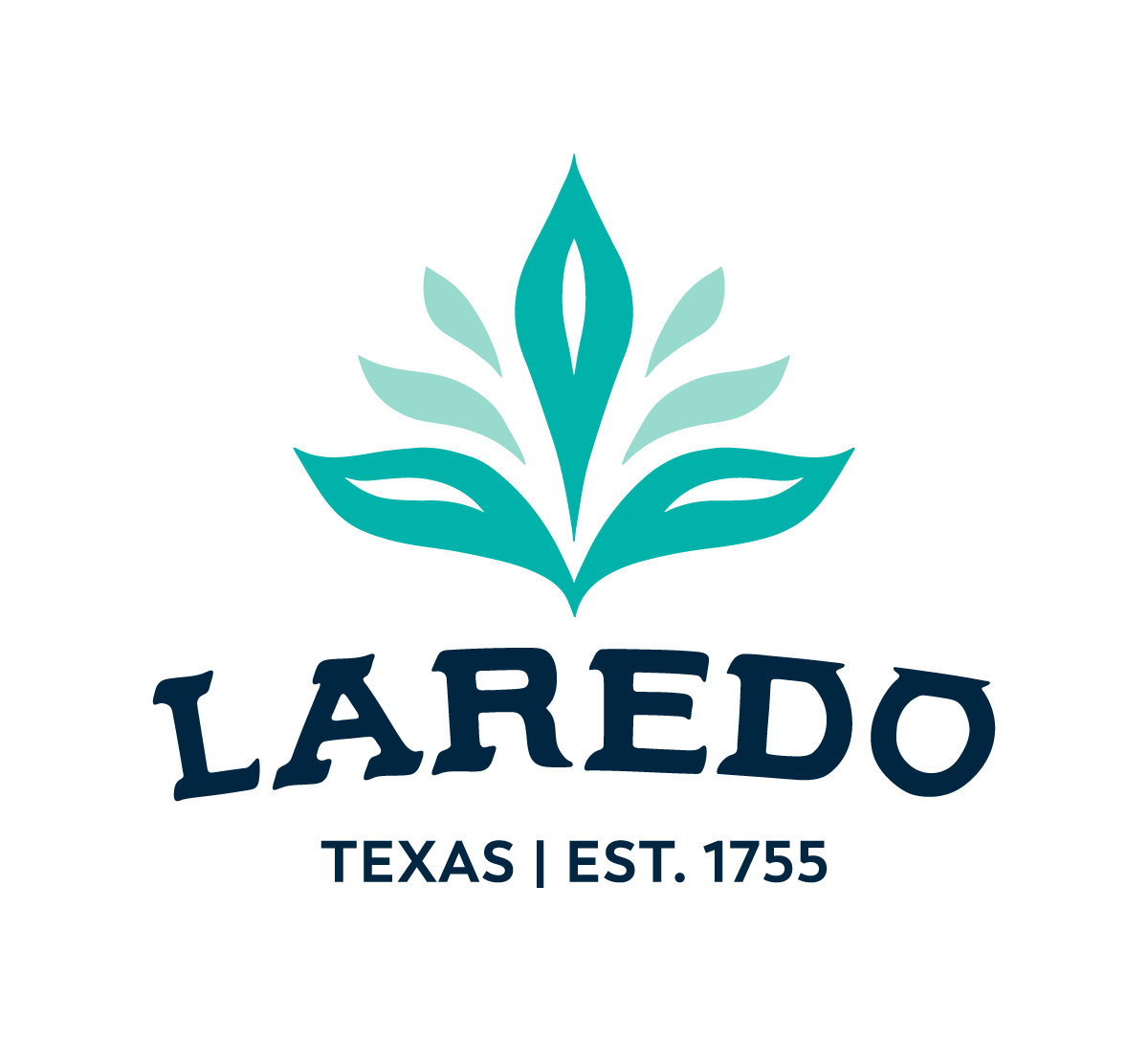Nebraska has a long history of religious and spiritual devotion among its residents and has always enjoyed a sort of tolerance of different belief systems and rituals. This tour itinerary takes us on a journey to many of eastern Nebraska’s religious and spiritual destinations in a fun and educational way meant to inspire and encourage reflection and peace.














